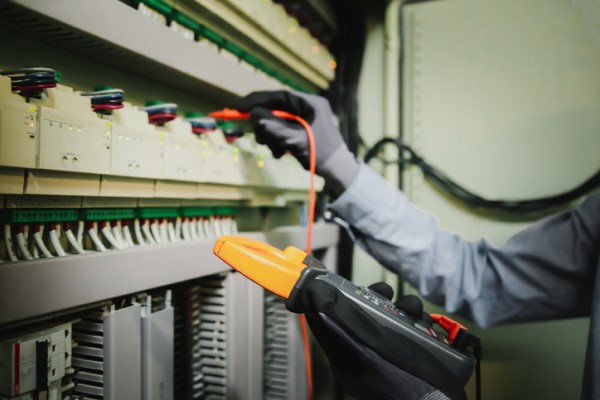Electrical industry amped up to receive revised standards
In a dynamic world where safety and technological landscapes evolve, it is important to regularly review and revise standards.
Electricians and tradespeople who have been in the field for decades understand that safety is paramount and see the value in regularly updating standards to reflect contemporary goals and practices.
ADVERTISEMENT
Taming static electricity
The surge in recorded electrostatic shocks and resulting injuries underlines the urgent need for frontline tradespeople to understand the hazards posed by static electricity.
The updated standard AS/NZS 1020:2023 The control of static electricity in non-hazardous areas, provides guidance intended to increase the safety and protection of workplaces and public spaces.
The standard’s emphasis on safety in non-hazardous environments aligns with the daily challenges faced by tradespeople, offering clear guidelines designed to help create and maintain safer working conditions.
This standard, updated in June 2023, suggests potential ways to increase safety and protection, addressing the risks linked to static electricity in non-hazardous areas.
Static electricity remains a significant factor in manufacturing challenges, leading to loss times, rework and, in severe cases, expensive product recalls that can cause damage to brand and company reputation. These issues can erode customer confidence.
By providing a better understanding of static electricity and static electricity controls, AS/NZS 1020:2023 helps frontline tradespeople who may be tasked with activities as wide-ranging as the installation of static electricity control equipment to minimise the negative effect of static electricity in a manufacturing process, to the difficult job of making the workplace safe in the event of an electrostatic shock incident.
The revised standard also includes information on the use of an electrical installation’s Protective Earth (PE) network or Functional Earth (FE) for mitigating static electricity and introduces Static Electricity Assessment and a Static Control Plan.
The static electricity assessment is a quick and easy way for a workplace to identify if they have a static electricity issue and, subsequently, whether the workplace requires a more detailed static electricity plan.
The static control plan is used to analyse and address identified static hazards, offering recommendations for controls to mitigate associated risks. It is a requirement in AS/NZS 1020:2023 to create a plan for all identified static hazards, ensuring it is available to everyone before entering the site, accessible either in hard copy or electronically. This plan can be a crucial tool for enhancing safety and minimise the risks linked to static electricity.
A global shield for electrical enclosures
Consumer safety and security should be front of mind when we think about everyday appliances that are an indispensable part of our lives, such as washing machines, dryers, and electric toys. Adopted from an international standard, AS IEC 61032:2023 Protection of persons and equipment by enclosures — Probes for verification, charts a pathway to help protect both individuals and equipment within enclosures.
This standard outlines the details and dimensions of test probes designed to protect both tradespeople and consumers against access to hazardous parts inside the enclosure. In other words, it applies probes of varying sizes to mimic the human hand/fingers to test and protect equipment within the enclosure from the entry of solid foreign objects (such as appendages).
AS IEC 61032:2023 encompasses safety requirements which are referenced in AS/NZS 60335.1:2020 Household and similar electrical appliances-safety, AS/NZS 3112:2017 Approval and test specification-Plugs and socket outlets and AS/NZS 62115:2018 Electric toys-safety.
By consolidating guidance on existing probes specified in various standards and introducing necessary new probes, this standard is designed to streamline and guide the selection of test probes and discourage unnecessary modifications to details and dimensions. The overarching aim is to standardise test probe types and promoting clarity and consistency in assessing enclosure protection for the safety of society.
Staying ahead in changing times
These revisions and adoptions highlight the importance of adapting to emerging challenges by enhancing guidance on safety measures and streamlining processes, for resilience against evolving risks. Embracing progress through timely reviews helps ensure standards remain effective, addressing current needs and building the foundations for a safer, more secure future.
-
ADVERTISEMENT
-
ADVERTISEMENT


